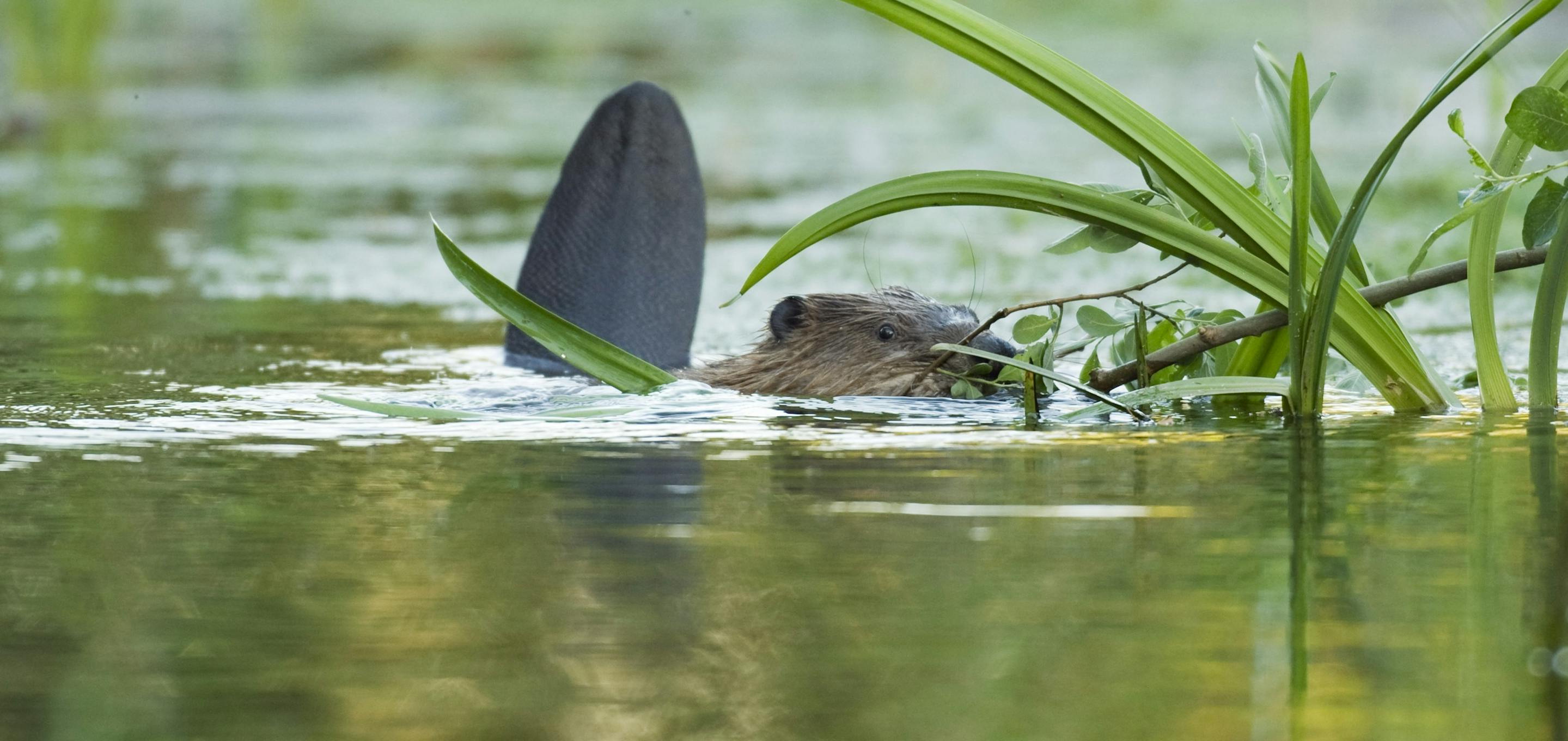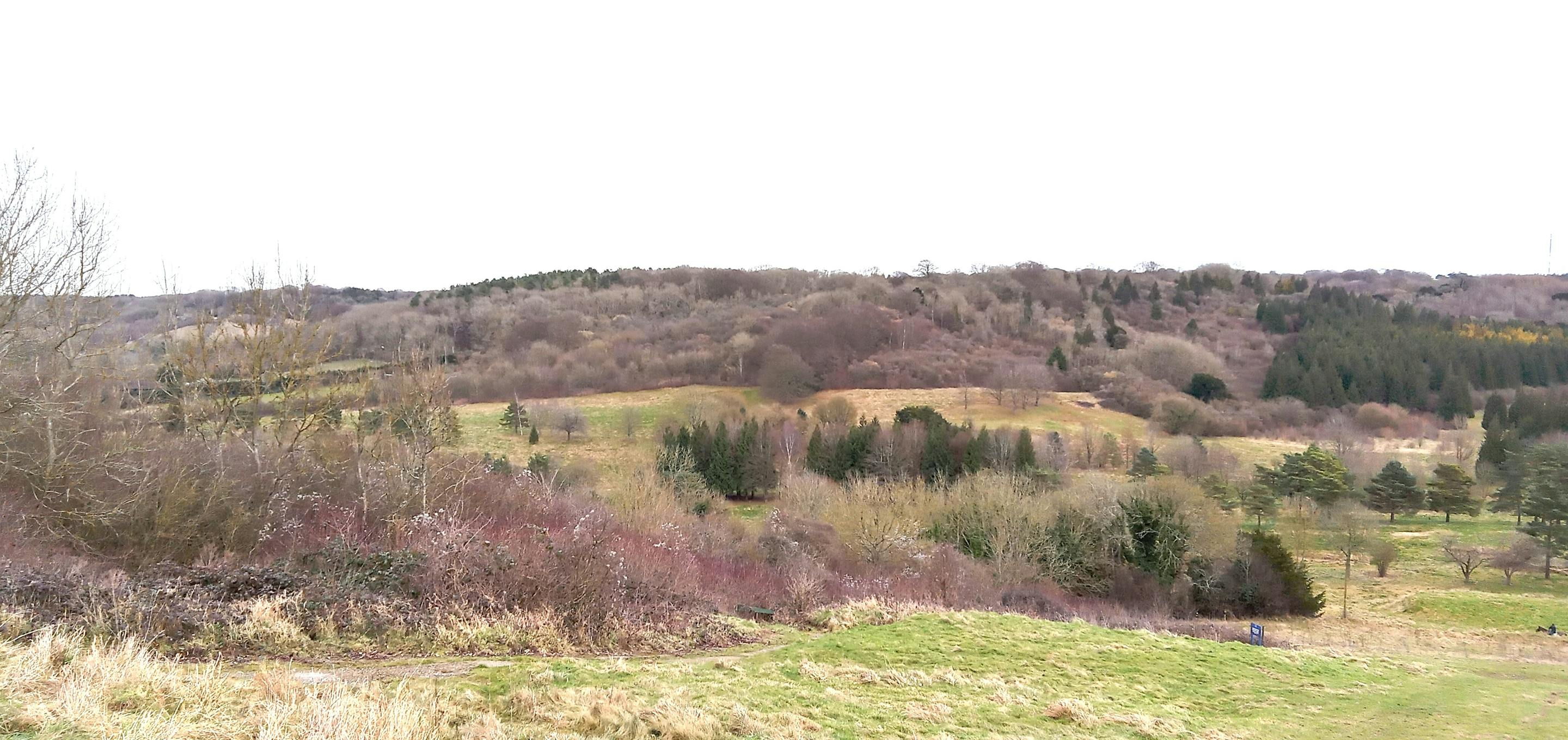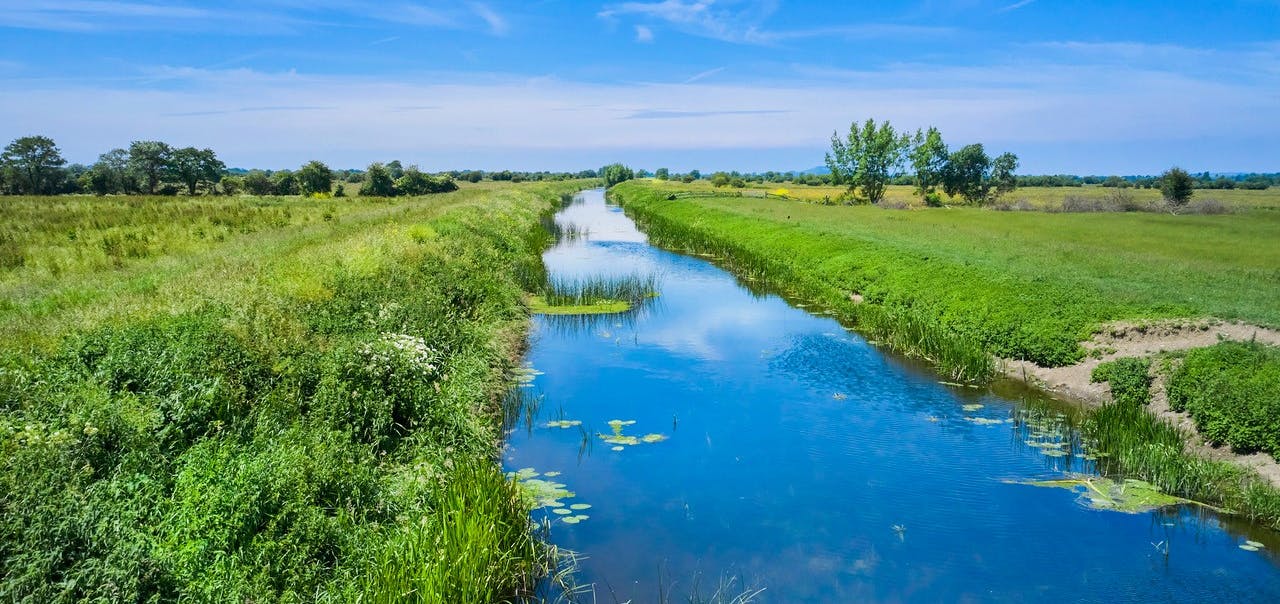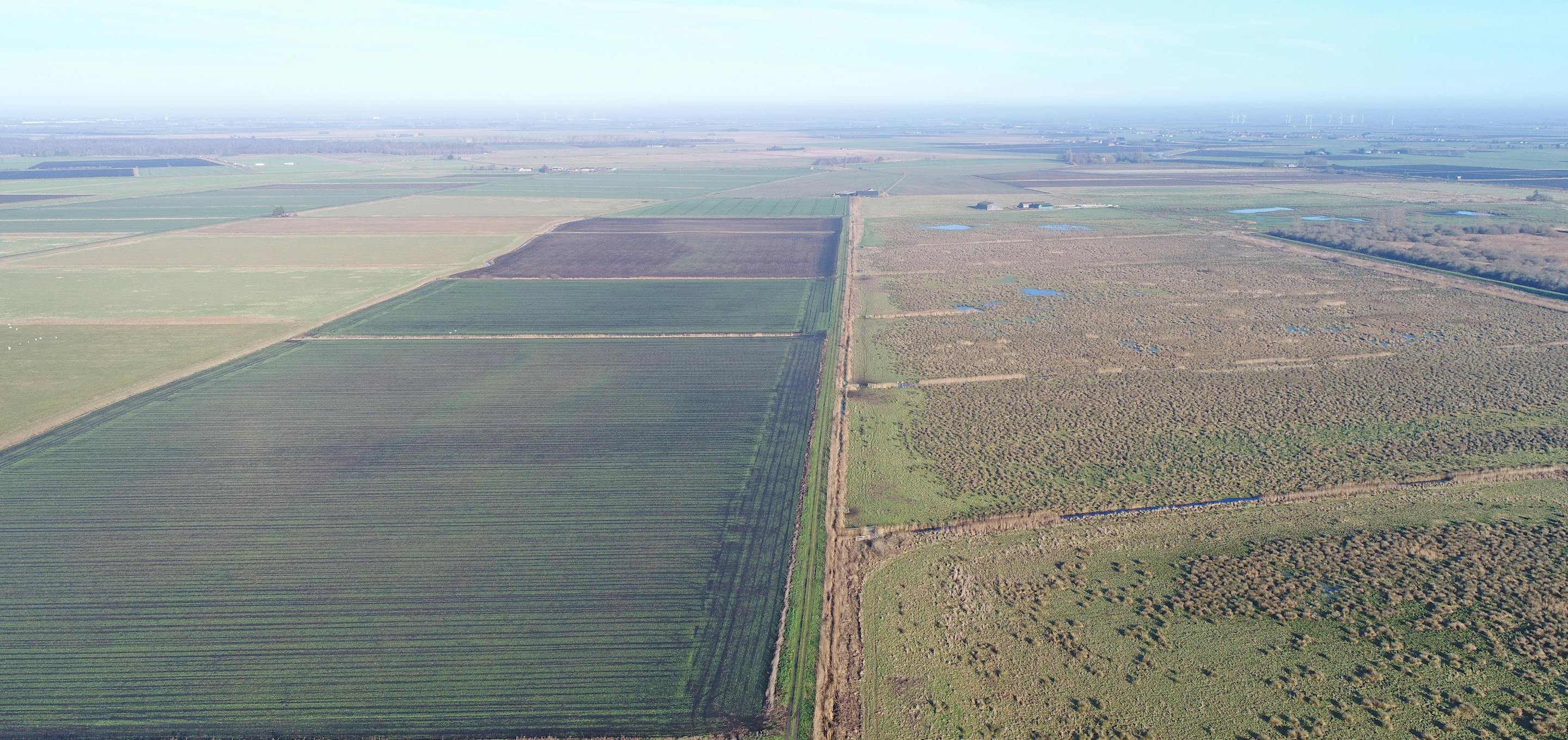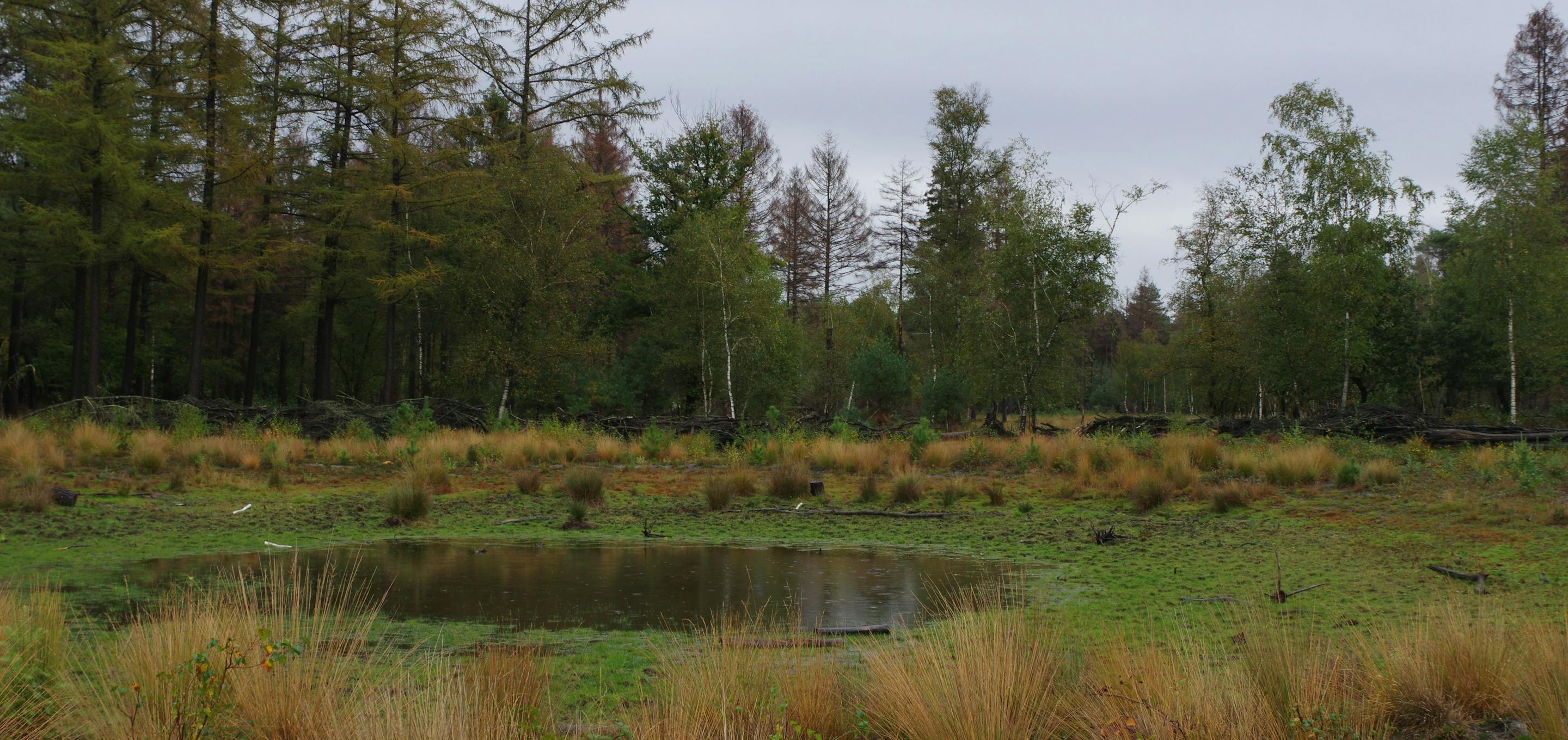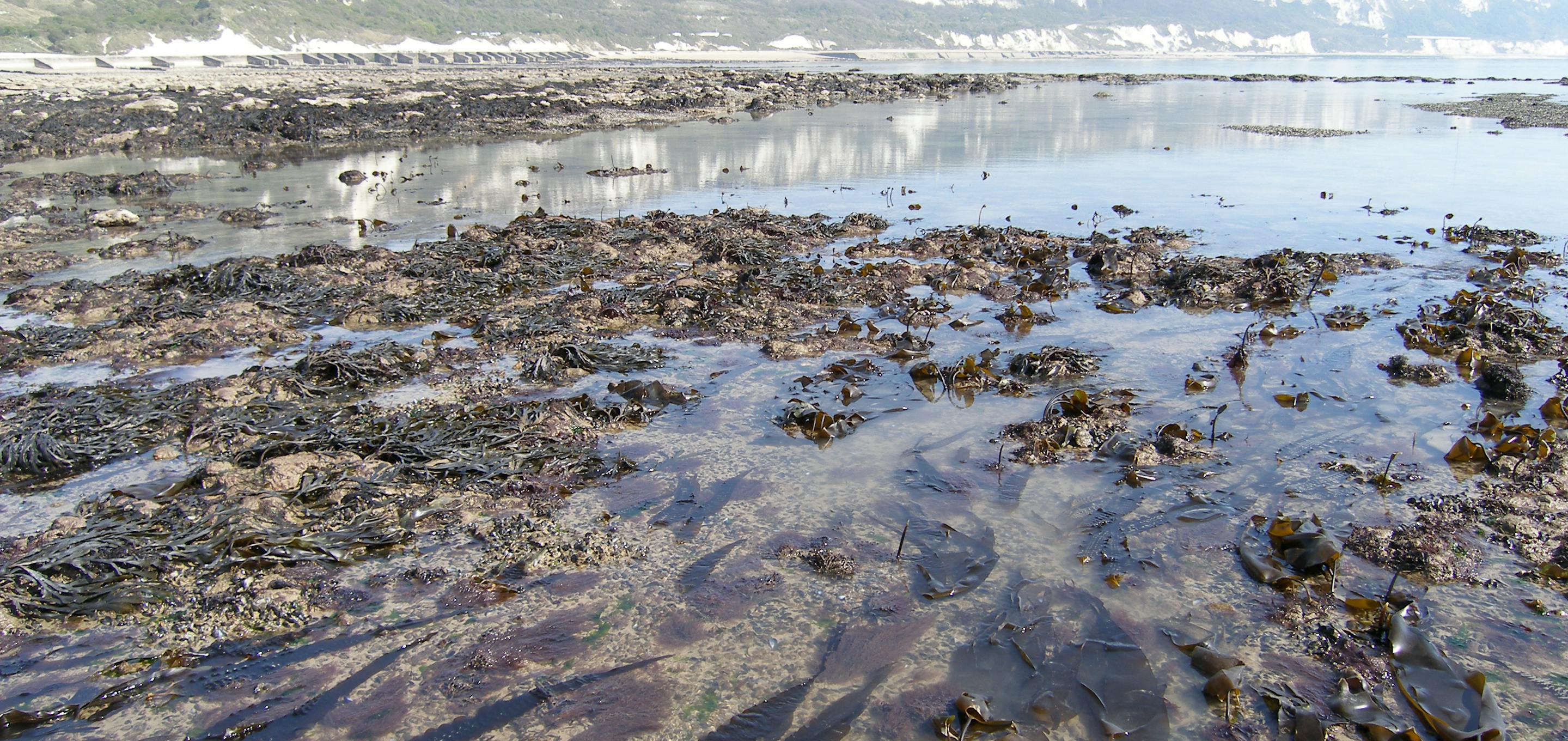
New Opportunity
To Be Confirmed
Blue Carbon
Marine habitats are amongst the greatest carbon-sequestering habitats, equivalent to tropical rainforests. But they are challenging habitats to monitor and measure.
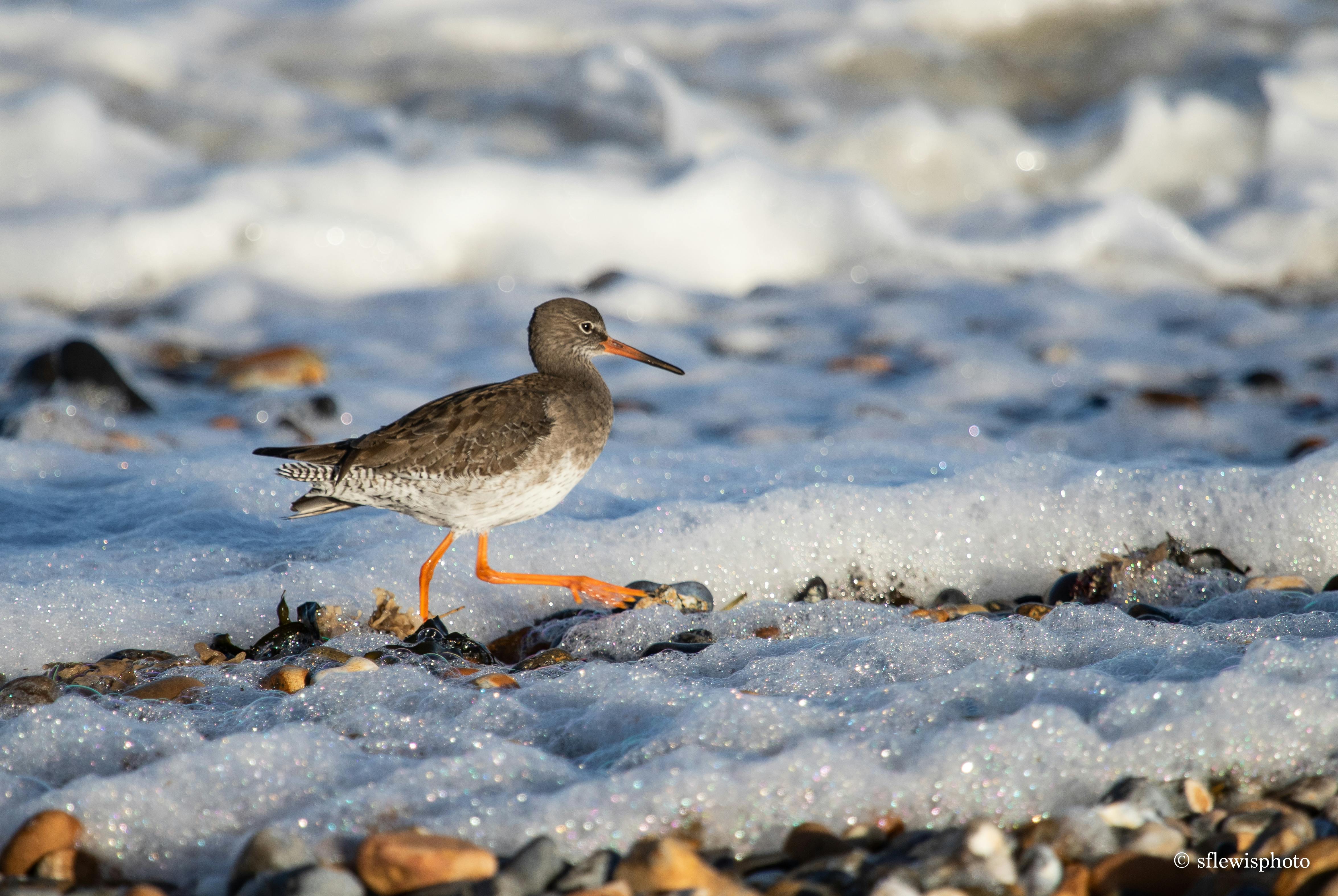
We know that the real value of Marine habitats in tackling climate change is significantly underestimated. Marine habitats and conservation areas are not being protected sufficiently leading to massive declines in our sea-life and dramatically effecting the ability of our seas to mitigate climate change. Several Wilder Carbon delivery partners are jointly looking for investment now to commission greater research into carbon storage and monitoring of UK marine habitats.
Speak to our Delivery Team
Our delivery team consists of in-house experts who can talk to you about your Wilder Carbon investment.
![Evan Bowen-Jones]() Evan Bowen JonesFounder / Managing Director
Evan Bowen JonesFounder / Managing Director![Paul Hadaway]() Paul HadawayDirector of Conservation
Paul HadawayDirector of Conservation- Sarah BrownlieProgramme Director
![Ross Johnson]() Ross JohnsonHead of Nature Markets
Ross JohnsonHead of Nature Markets![Robbie Still]() Robbie StillHead of Digital Development
Robbie StillHead of Digital Development![]() Helen Gillespie-BrownBusiness Development Manager
Helen Gillespie-BrownBusiness Development Manager
Other Projects
- Research & DevelopmentRead more about Solent Seagrass project
Solent Seagrass
- Research & DevelopmentRead more about Mercer's Farm project
Mercer's Farm
- Ready Now
![]() Read more about South Lakeland project
Read more about South Lakeland projectSouth Lakeland
- Ready Now
![]() Read more about Heather Corrie Vale project
Read more about Heather Corrie Vale projectHeather Corrie Vale
- Ready Now
![]() Read more about Honeygar Farm project
Read more about Honeygar Farm projectHoneygar Farm
- Ready NowRead more about Great Fen: Speechly’s Farm project
Great Fen: Speechly’s Farm
- New OpportunityRead more about Blue Carbon project
Blue Carbon
- In Development
![]() Read more about Wilder Blean Woods Complex project
Read more about Wilder Blean Woods Complex projectWilder Blean Woods Complex
- In DevelopmentRead more about Wantsum Wetlands project
Wantsum Wetlands







